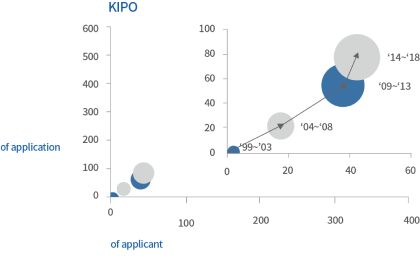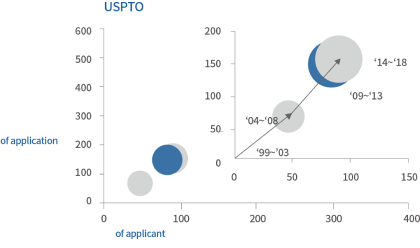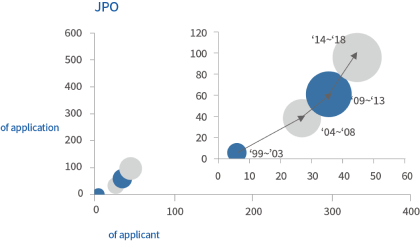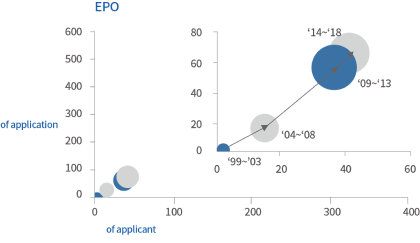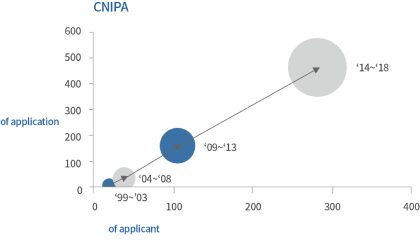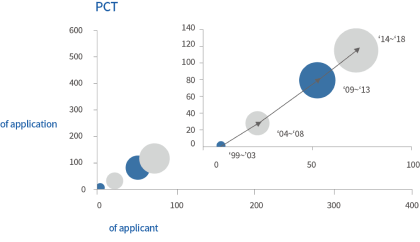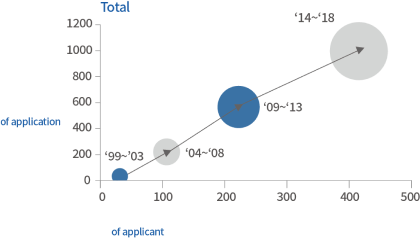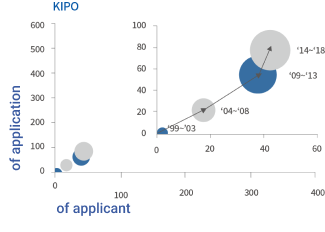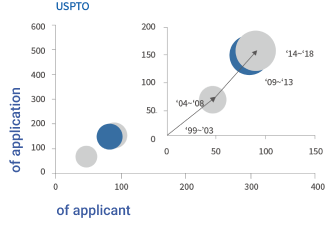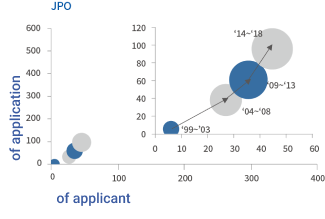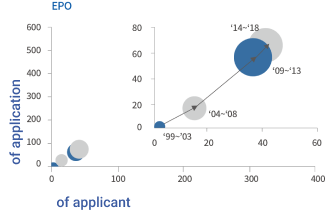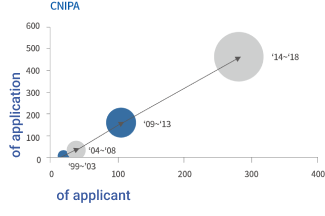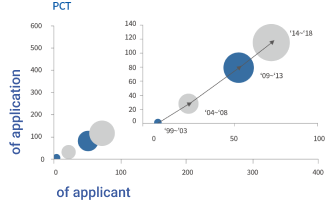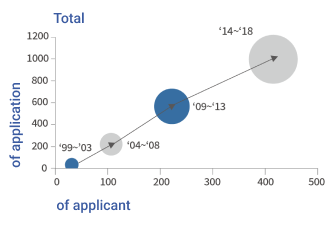메인 메뉴
Eco-friendly
& Sustainable
Sustainable new high-tech materials through eco-friendly technology application.
We are trying to create a society.
콘텐츠
Nanodiamond
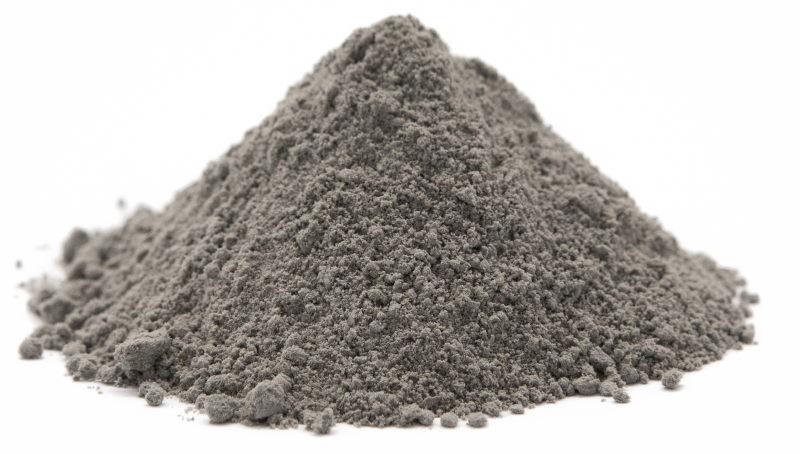
Exquisite physicochemical properties of nanodiamonds make it possible to overcome the limitation of other exsiting materials, which paves way for the next-generation industries.
Characteristics of nanodiamond

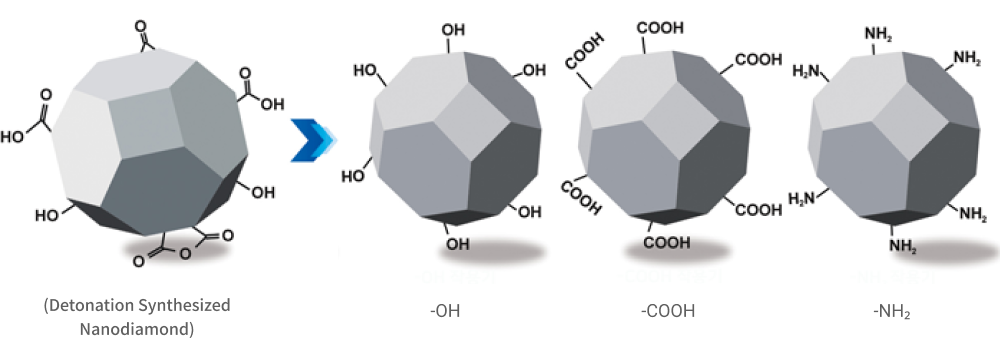
Hardness : the hardest among naturally occurring substances
Wear resistance : 10-fold enhancement
Friction resistance : 0.03 (friction coefficient)
Corrosion resistance : 4-fold enhancement
Large specific surface area : 300m²/cm²
Excellent thermal conductivity : 2,400 W/m·K
Extremely low thermal expansion, Electrical insulation, Absorption of IR/UV, Biologically compatible
Nanodiamonds can be utilized in an infinite variety of applications because of their valuable intrinsic and easily tunable properties such as their small sizes in nm range, various surface functional groups, excellent dispersibility, zeta potential, and amorphous carbons, etc. In particular, there are numerous functional groups (-COOH, -OH, -CO, -NH₂, etc.) on the surface of ND, which enables a number of applications by making physical/chemical bonds with various kinds of molecules.
ND Production Process
- Synthesis process
- After detonation of explosives (typically, mixture of TNT and RDX) in a closed chamber, soot can be obtained. This soot may contain impurities such as graphite or amorphous carbon (ca. 25~85 wt%) and metal impurities (ca. 1~10 wt%).
-
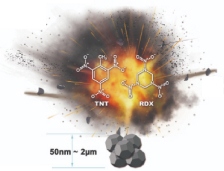
 DND SOOT
DND SOOT
- Purification process
- SWC provides 5 grades of DND powders by finely controlling the content ratios of diamond and impurities (graphite, amorphous carbon and metals).
-
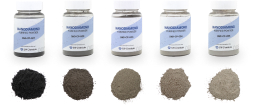 DND powders
DND powders
- Dispersion process
- SWC produces customized DND suspensions in various solvents such as water, alcohol, etc.
-
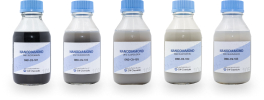 DND suspensions
DND suspensions
Characteristics of nanodiamond

variety of applications

Hardness : the hardest among naturally occurring substances
Wear resistance : 10-fold enhancement
Friction resistance : 0.03 (friction coefficient)
Corrosion resistance : 4-fold enhancement
Large specific surface area : 300m²/cm²
Excellent thermal conductivity : 2,400 W/m·K Extremely low thermal expansion, Electrical insulation, Absorption of IR/UV, Biologically compatible
Nanodiamonds can be utilized in an infinite variety of applications because of their valuable intrinsic and easily tunable properties such as their small sizes in nm range, various surface functional groups, excellent dispersibility, zeta potential, and amorphous carbons, etc. In particular, there are numerous functional groups (-COOH, -OH, -CO, -NH₂, etc.) on the surface of ND, which enables a number of applications by making physical/chemical bonds with various kinds of molecules.
ND Production Process
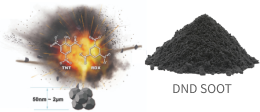
Synthesis process
After detonation of explosives (typically, mixture of TNT and RDX) in a closed chamber, soot can be obtained. This soot may contain impurities such as graphite or amorphous carbon (ca. 25~85 wt%) and metal impurities (ca. 1~10 wt%).
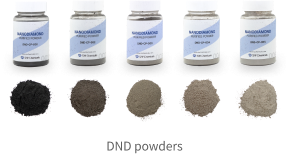
Purification process
SWC provides 5 grades of DND powders by finely controlling the content ratios of diamond and impurities (graphite, amorphous carbon and metals).
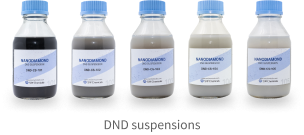
Dispersion process
SWC produces customized DND suspensions in various solvents such as water, alcohol, etc.
IP data on nanodiamond
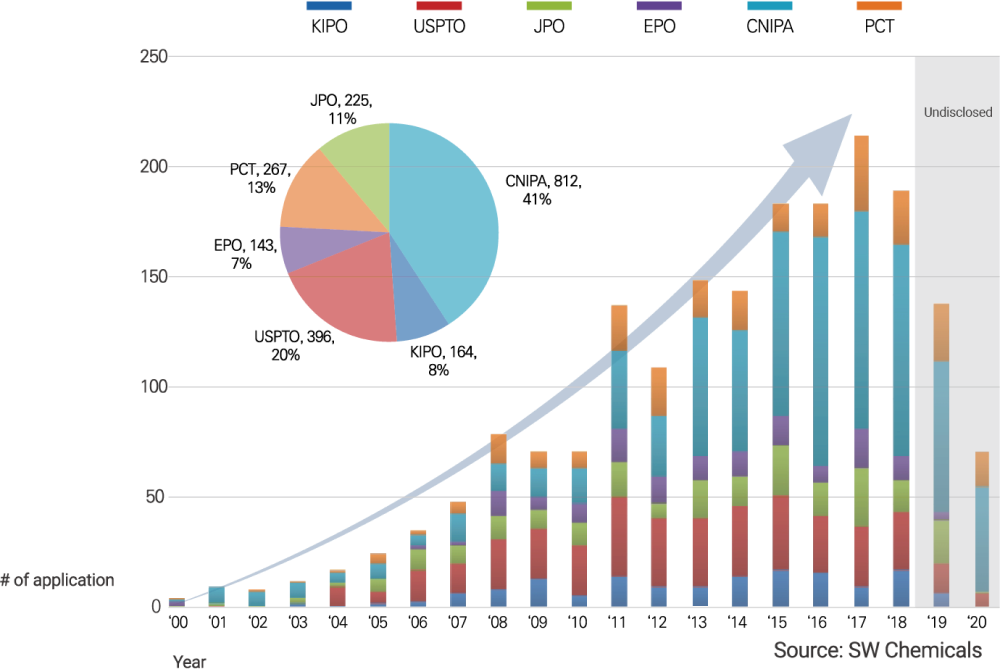
Technology life cycle
- ND-related technologies are in the growth phase.
Nanodiamond patents of major companies by year

Global ND Market

Global market consumption of nanodiamonds
in polishing additives
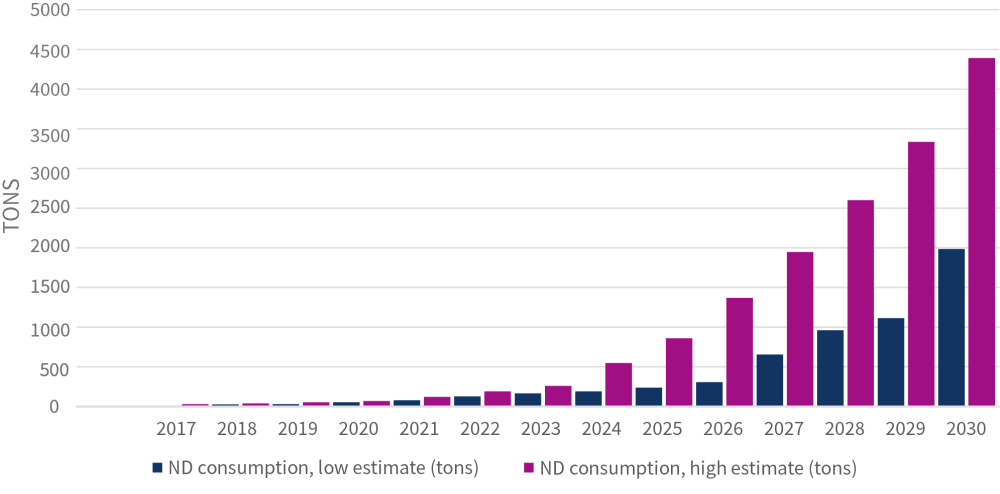 Source: Future Markets, Inc.
Source: Future Markets, Inc.
Global market consumption of nanodiamonds in
electroplating and anti-wear/friction coatings
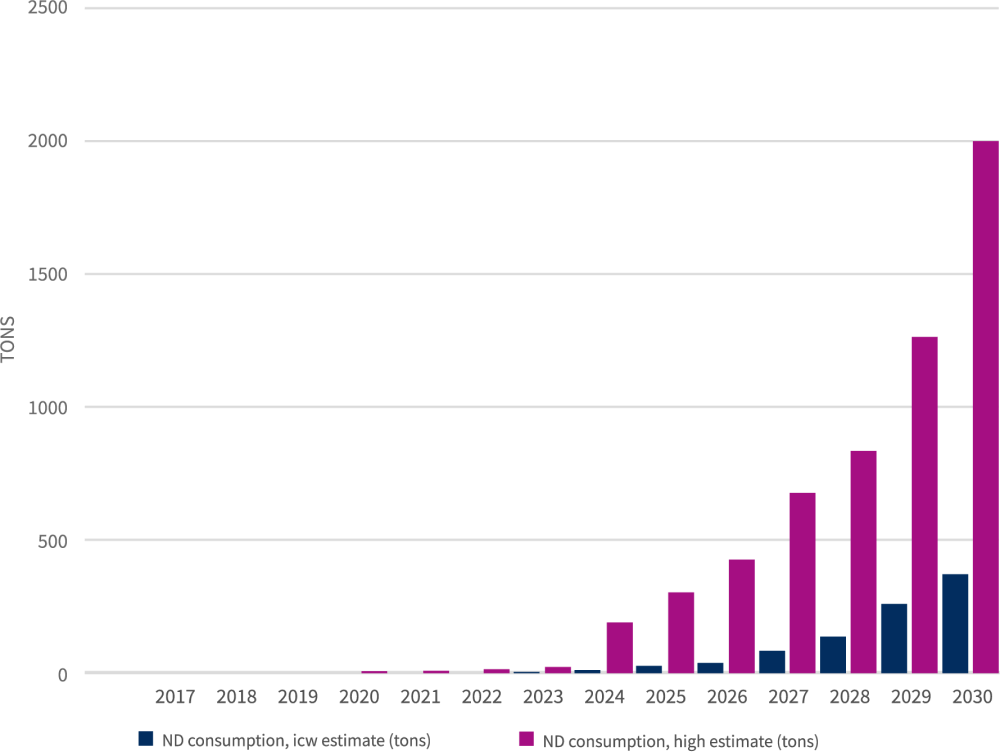 Source: Future Markets, Inc.
Source: Future Markets, Inc.
Global market consumption
of nanodiamonds in metal-matrix
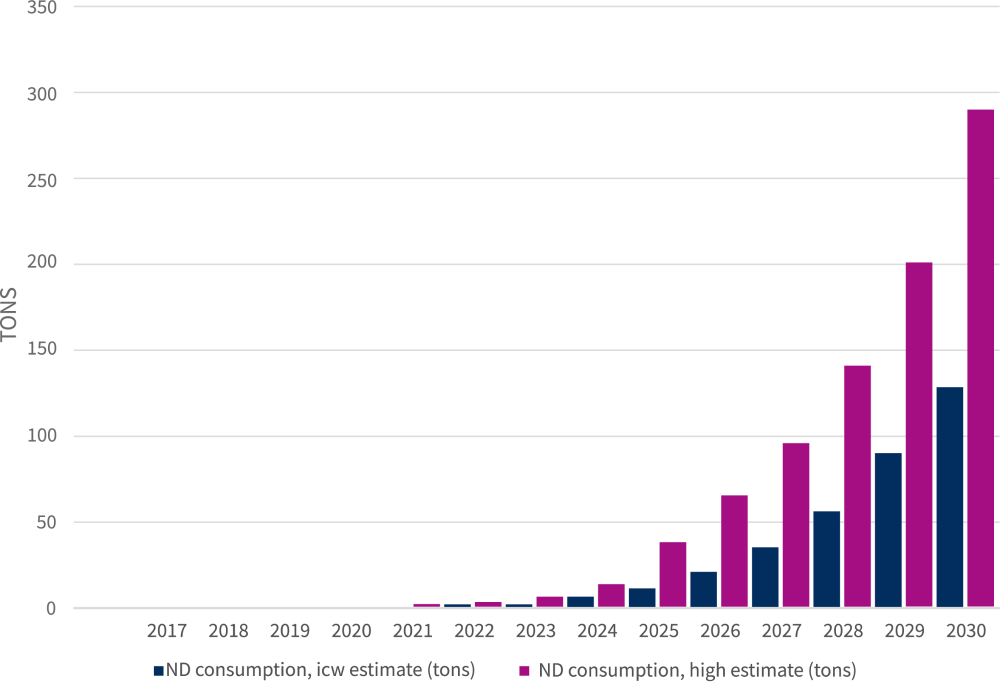 Source: Future Markets, Inc.
Source: Future Markets, Inc.
Global market consumption of nanodiamonds
in supercapacitors
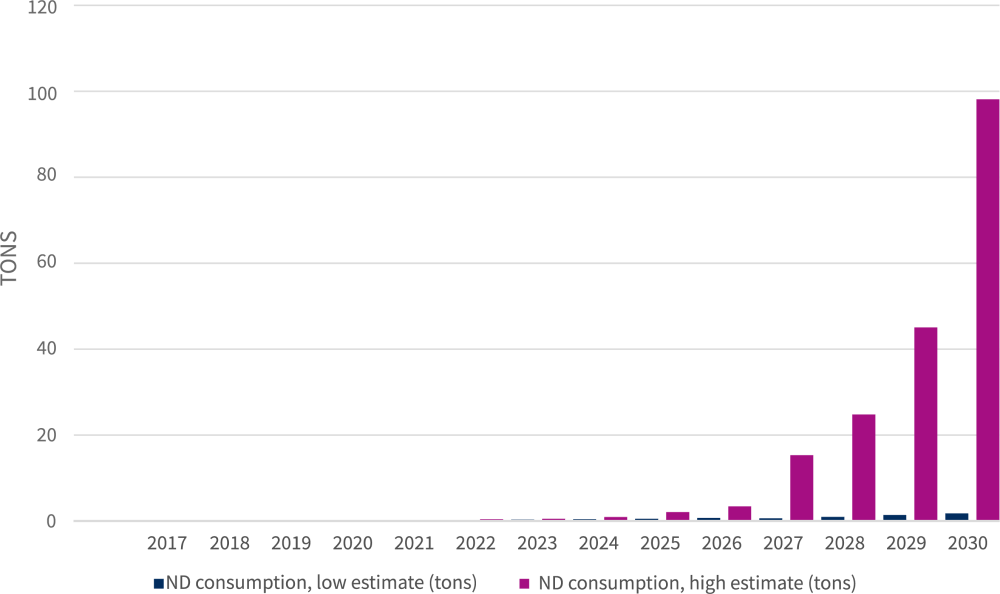 Source: Future Markets, Inc.
Source: Future Markets, Inc.
Global market consumption of nanodiamonds
in batteries
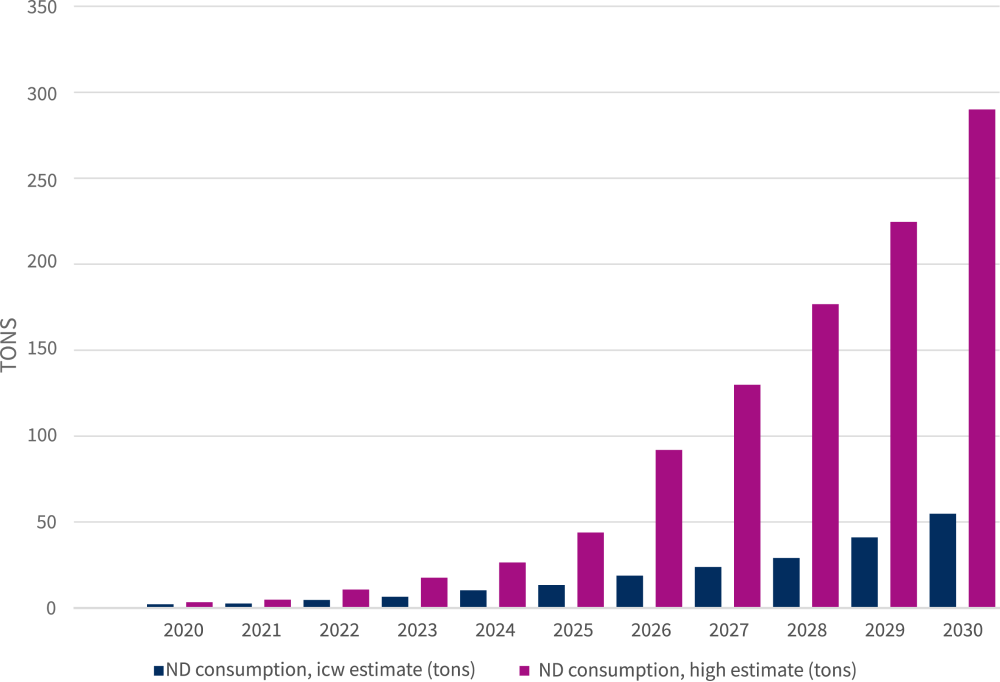 Source: Future Markets, Inc.
Source: Future Markets, Inc.



